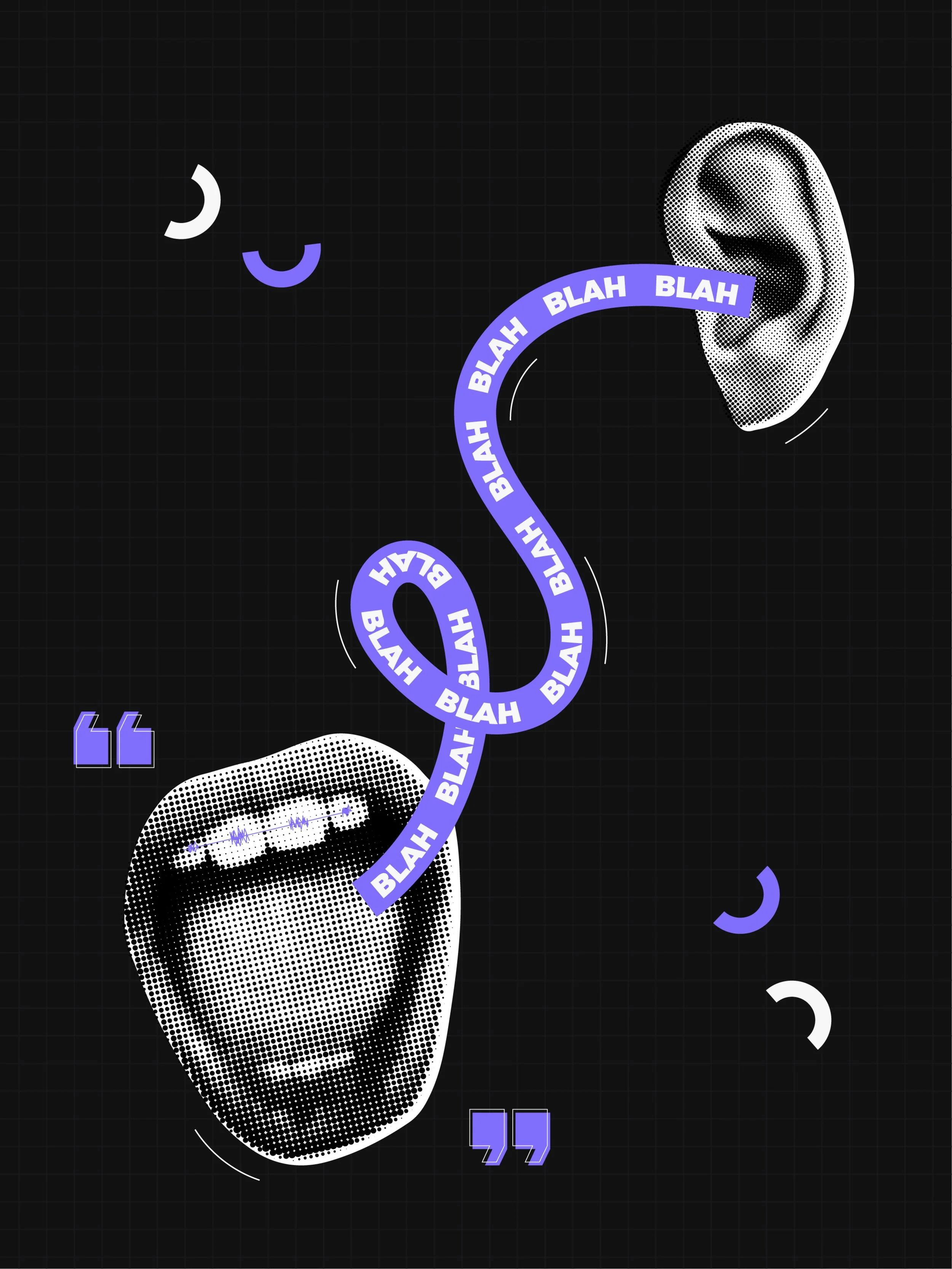Exposing the Truth vs. Moving the Needle: Who Communications Is Really For
There’s a question I like to ask when deciding what to communicate that cuts through a lot of noise: “Who am I communicating to?” The insiders already know, and they’ve already decided what they believe—regardless of the actual truth. The goal is to reach the everyday majority.
Most “transparency” conversations still act like the main objective is a big reveal—emails, scandals, receipts. But the people who track every twist already know most of it. They’re insiders. They aren’t the people who need the message.
The real question is: how do you reach everyone who isn’t an insider?
The Everyday Majority Isn’t Apathetic—They’re Overloaded
The everyday majority isn’t a bloc of people who don’t care. It’s people living full, overloaded lives—working, caregiving, managing health, money, and logistics. They sense when something is off, but they don’t have the time or bandwidth to dig through meeting videos, PDFs, and rumor threads.
Communications that matter answer three things quickly:
What is happening?
Why does it matter?
What can I do with this information?
If those three aren’t clear, “transparency” becomes just another meaningless buzzword.
Transparency Is a Line You Hold, Not a Spectacle
Transparency isn’t about shocking anyone. It’s about holding a line:
tell the truth plainly
acknowledge what people already see
explain what’s being done
offer a way to respond or get involved
And you do it over and over—calmly, consistently, without theatrics.
The point isn’t to win an internal fight. The point is to give people enough information to make their own decisions:
Do I vote for this?
Do I show up?
Do I support this, or do I push against it?
Democracy is imperfect and often unrealistic in practice, but the minimum standard is simple: people deserve enough clarity to participate.
That’s what transparency is for—not spectacle, but participation.
My work with Cleveland Heights made this painfully clear. The work was never about “branding” the city; it was about making the city legible to regular people.
That meant explaining decisions in plain language instead of hiding them in jargon or buried PDFs. It meant framing issues so residents could actually see themselves in the stakes, not just watch insiders argue. It meant designing communication as a pathway from “I heard something weird is going on” to “I understand what’s happening and what I can do.”
Did that work get to be finished? No. But the blueprint was always the same: make it possible for someone who is not an insider to understand enough to decide for THEMSELVES what to think or do.
Why Magazine Design Belongs in This Work
Magazine design sits right at the center of this challenge: reaching people who aren’t insiders and barely have time to pay attention. When done well, a magazine slows the pace and organizes information into a coherent whole. It gives context instead of fragments and reaches people who aren’t glued to social media or obsessively refreshing newsletters and agendas.
A good magazine becomes a kind of clarity object—something that quietly answers the questions most people actually have:
What’s happening
Who’s involved
Why it matters
How they can plug in
There’s no algorithm deciding whether it appears. No disappearing feed. Just a physical or digital artifact people can revisit, dog-ear, pass along, and actually read when they have a minute.
This is also where creative studios often miss the mark. So much work is made for other designers, internal teams, or client presentations—clever, polished, aesthetically tight, but not actually usable for a semi-distracted person coming in cold. If the work doesn’t help someone outside the loop understand, care, and act, then it isn’t moving the needle. It’s just content.
Magazine design pushes against that. It’s slower than social, deeper than a postcard, and more intentional than an email blast. It lets you build a world for non-insiders and say, clearly and calmly: here’s what we’re doing, here’s why it matters, and here’s how you can plug in. No comment section chaos, no expectation that the reader already cares, no assumption they know the backstory—just a one-to-one conversation.
In a fragmented, noisy landscape, a magazine is strategy. It remains one of the few formats that can still get people who aren’t already inside to pause, pay attention, and maybe even get involved. If you are interested in this level of clarity for your organization, email the studio to request a sample or a scope for your next issue.
Where This Leaves Me
The work in Cleveland Heights didn’t reach the point it was meant to reach. But the principle hasn’t changed:
transparency isn’t about blowing things up
communications isn’t about proving you were right
design isn’t about impressing insiders
That same principle sits underneath the studio now, whether the work is for a municipality, a nonprofit, or a creative client. All of it—comms, design, strategy—comes back to one boring on purpose question:
Can we get people who aren’t already in the room to understand enough to decide for themselves?
If the answer is yes, you’re moving the needle.
If the answer is no, you’re just talking to yourself.
